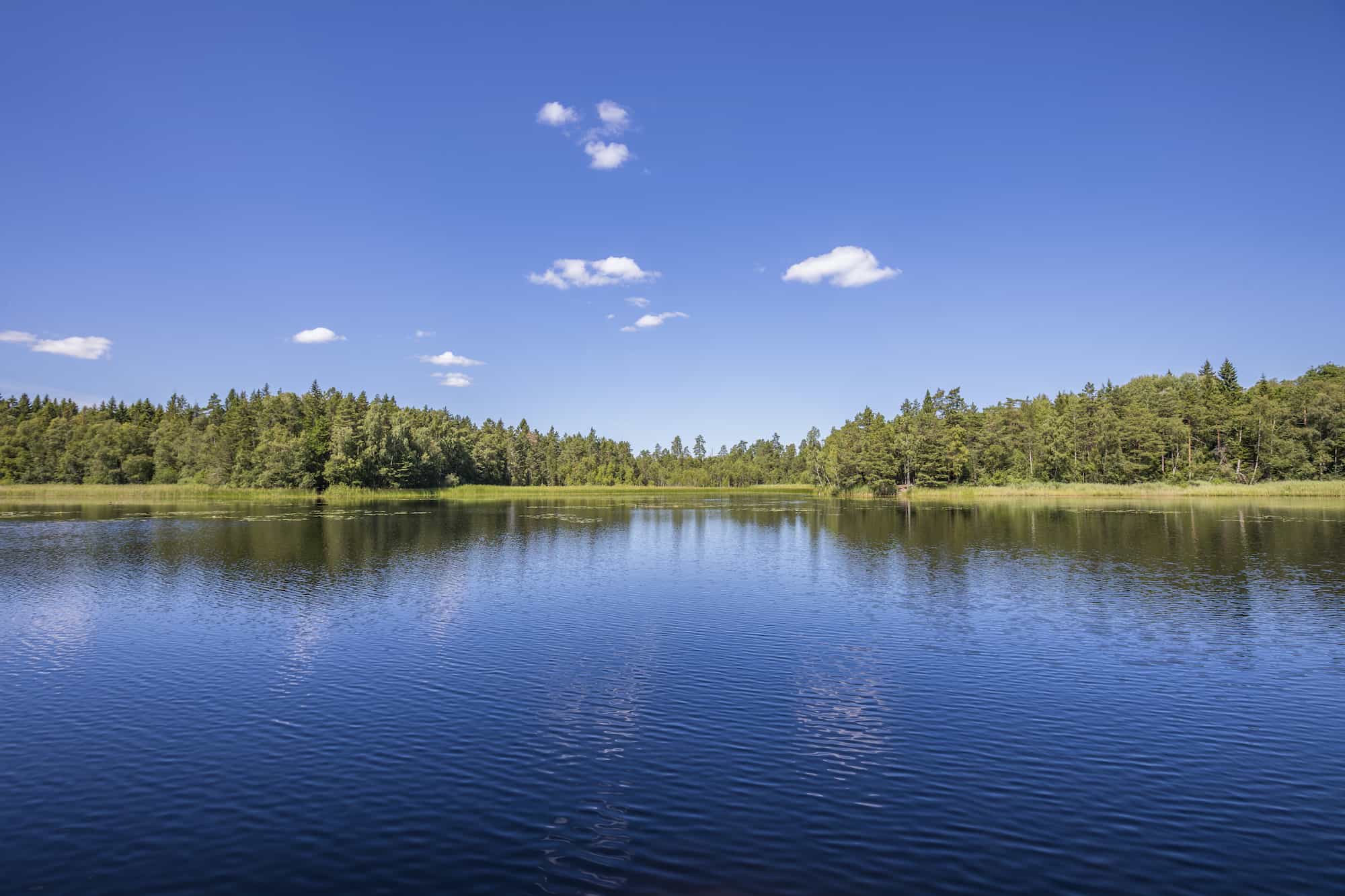When you’re more inland than on the coast, ponds and lakes are far more prevalent than what you’d get closer to the coast- marshes and swamps (an entirely different topic). What’s the difference between a lake and a pond?
Differences Between Ponds and Lakes
Lakes have one set of characteristics and ponds have another. When comparing the characteristics, we’ll see the differences emerge that will help us to understand what we’re looking at when gazing into these bodies of water.
Things that Make a Pond a Pond
Ponds are often thought of as a body of water that is smaller than a lake, but that isn’t always the case. In fact, many manmade lakes are smaller than naturally formed ponds. With size removed from the equation, other differences need to be explored to avoid mistaking one from the other, despite its size.
- Shallow Water- One of the major characteristics of a pond is the water’s depth. If the sun can reach the bottom, the water will be warmer from top to bottom. This is why ponds are warmer than lakes that are comparable to location and climate.
- Overall Temperature- Not only will a pond be warmer than a nearby lake due to its lack of depth, but its temperature will be more uniform around the entirety of the pond.
- Vegetation- Ponds do not have any zones that don’t receive warmth and light from the sun. Because of this, vegetation is free to grow throughout the entirety of the pond’s floor.
In most ponds, it’s difficult to walk across without being tangled up in weeds or other vegetive debris. Even in the deepest parts of a pond, there will still be ample growth.
Things that Make a Lake a Lake
- Deeper Water- In lakes, there are zones called “aphotic zones.” These zones denote places deep enough that they do not receive any warmth from the sun, as the light doesn’t penetrate.
- Sandy Bottoms- With the deeper water comes a more diverse floor. Shallow areas will have more vegetation growing in them, but not as densely as what you’d find in a pond. Deeper portions of a lake will not support any growth due to the lack of sunlight.
- Differing Temperatures- Lakes are deep enough that the further you go down, the water is considerably colder than at its surface. Lakes can have warm and cold spots, all hinging on the water’s depth.
Conclusion
There’s one other way to determine a difference between the two, completely unscientific and subject to opinion, but here it is…
If you can look into the water, and the water is clear or has a cleaner appearance, it’s likely a lake. If it’s murky, miscolored, and looks like something that could make you sick if you drink it, it’s likely a pond.
Knowing that a lot more green matter grows in a pond than a lake, and ponds are generally more stagnant than lakes, the appearance of the water itself is impacted. Typically kind of dirty looking.
